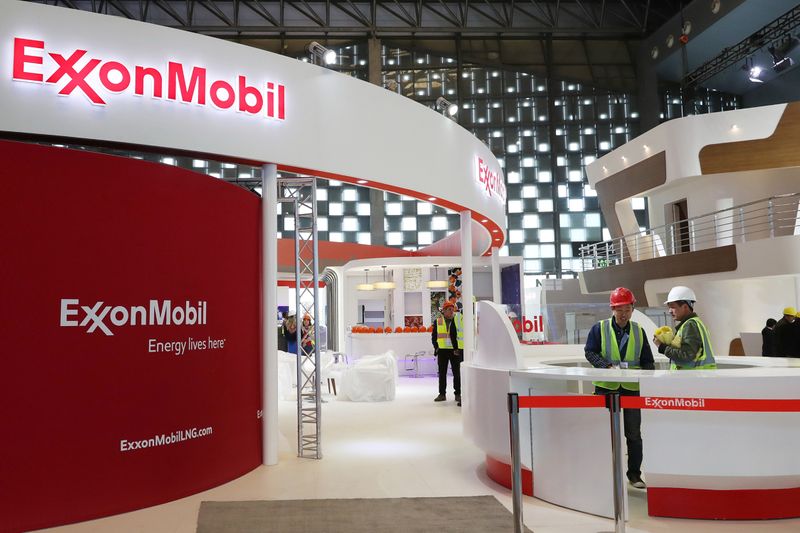This post was originally published on this site
https://i-invdn-com.akamaized.net/trkd-images/LYNXMPEG120PW_L.jpg
LONDON (Reuters) – Goldman Sachs (NYSE:) downgraded ExxonMobil (N:) to “sell” following disappointing fourth-quarter results, as the Wall Street bank forecasted the oil and gas company will meet only half of its targeted returns by 2025.
Irving, Texas-based Exxon’s results missed Wall Street’s recently lowered estimates, with earnings sliding to $5.6 billion from $6 billion a year ago as weak oil and gas prices, sliding refining and chemicals profit margins offset a sharp increase in oil and gas production.
Exxon CEO Darren Woods described the margin weakness as “a short-term impact”.
But Goldman said its decision to downgrade Exxon from “neutral” stemmed from “lack of free cashflow limiting capital returns, and risk to long-term return on capital employed (ROCE)targets”.
Goldman said it saw “clear downside” to Exxon’s target of reaching 15% ROCE by 2025, with its own modelling now showing 8% ROCE due to lower downstream margins, lower prices and risks to execution of projects.
Goldman lowered Exxon’s share price target from $72 to $59. Exxon shares closed at $62.1 on Friday.
Fusion Media or anyone involved with Fusion Media will not accept any liability for loss or damage as a result of reliance on the information including data, quotes, charts and buy/sell signals contained within this website. Please be fully informed regarding the risks and costs associated with trading the financial markets, it is one of the riskiest investment forms possible.

